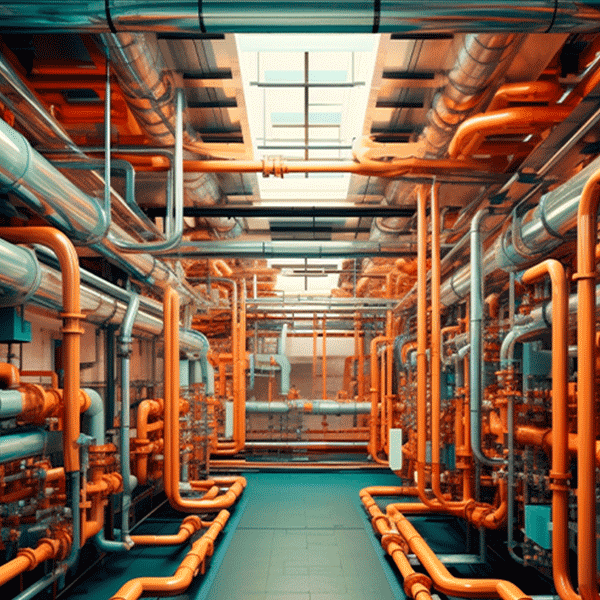OIL AND GAS STRUCTURE
OIL AND GAS STRUCTURE
The Oil and Gas Industry involves the exploration, extraction, refining, and distribution of petroleum and natural gas. It is a critical sector that fuels global energy needs and supports various industries, including transportation, manufacturing, and power generation. Below is a brief overview of the oil and gas industry structure and key roles:
Key Sectors in the Oil and Gas Industry
- Upstream:
- Focuses on exploration and production of oil and gas.
- Activities include seismic surveys, drilling, and operating oil rigs.
- Midstream:
- Involves the transportation and storage of oil and gas.
- Includes pipelines, tankers, and storage facilities.
- Downstream:
- Refers to refining crude oil and processing natural gas into usable products.
- Includes distribution of products like gasoline, diesel, and petrochemicals.
Key Roles in the Oil and Gas Industry
- Petroleum Engineer:
- Designs and implements methods for extracting oil and gas from reservoirs.
- Specializations include drilling, reservoir, and production engineering.
- Geologist/Geophysicist:
- Studies rock formations and seismic data to locate oil and gas reserves.
- Analyzes data to determine the best drilling locations.
- Drilling Engineer:
- Plans and supervises drilling operations.
- Ensures safe and efficient extraction of oil and gas.
- Pipeline Engineer:
- Designs and maintains pipelines for transporting oil and gas.
- Ensures compliance with safety and environmental regulations.
- Refinery Operator:
- Manages the refining process to convert crude oil into usable products.
- Monitors equipment and ensures quality control.
- Health, Safety, and Environment (HSE) Specialist:
- Implements safety protocols and environmental regulations.
- Conducts risk assessments and ensures compliance.
Skills and Qualifications
- Technical Skills: Knowledge of engineering principles, geology, or refining processes.
- Problem-Solving Skills: Ability to address challenges in exploration, drilling, or refining.
- Safety Awareness: Understanding of safety protocols and environmental regulations.
- Certifications: Certifications like API (American Petroleum Institute) or NEBOSH (National Examination Board in Occupational Safety and Health) can enhance career prospects.
Work Environment
- Oil and gas professionals work in offices, on drilling rigs, refineries, or field locations.
- The job may involve working in remote or offshore locations and in hazardous conditions.
- The environment can be physically demanding and require adherence to strict safety protocols.
Education and Experience
- Education: A bachelor’s degree in petroleum engineering, geology, or a related field is typically required.
- Training: On-the-job training or internships are common for entry-level roles.
- Experience: Hands-on experience in oil and gas operations is beneficial.






